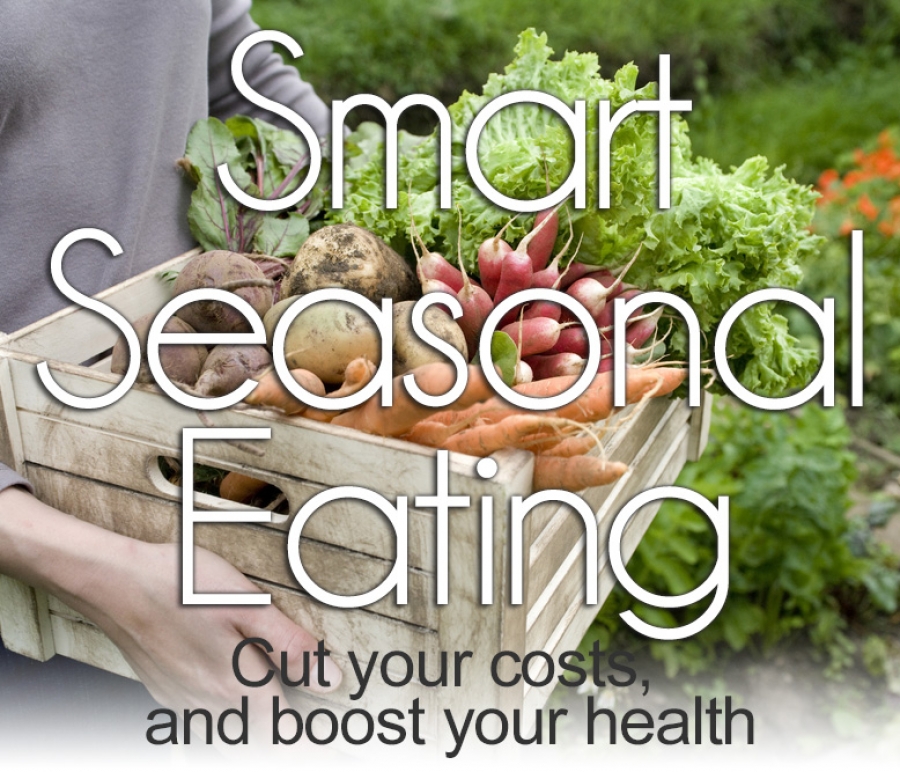BY TERESA CUTTER
Our ancestors ate real food that kept them well. They nourished their bodies with what they could hunt, grow, and cook during that season. Their food didn’t contain preservatives, fillers, added sugar, or fungicides. It didn’t come in a packet, nor was it created in a lab. Their food was seasonal, healthy, and fresh.
Today, we can preserve and ship anything – and eat it at any time of the year. But chronic fatigue and diseases make us ask: Should we? The Bible teaches, “We are allowed to do anything ... but not everything is good. We are allowed to do anything ... but not everything is helpful” (1 Corinthians 10:23, Good News Translation).
Research has shown that eating seasonally is both good and helpful. Here are a few tips that will help you boost your health, improve the environment, support local farms, benefit your wallet, and satisfy your taste buds!

Deliciously Healthy
Fruits and vegetables are tastier and more nutritious when they are consumed seasonally. When foods are not in season, they’re grown in a heated greenhouse, or spend long periods of time being shipped. Just think about it! Isn’t a red tomato juicier in the summer? Aren’t apples sweeter and crisper on a fall day? Transported crops (from across the country – or across the world) are harvested early and refrigerated. This keeps them from rotting during the shipping process. As a result, crops don’t develop their full flavor, and essential nutrients (such as vitamin C and beta- carotene) are lost. Haven’t we all seen green tomatoes and unripe peppers at the store? However, the redder a red tomato, the more beta-carotene it contains. And, as a bell pepper turns from green to red, it gains 11 times more beta carotene, and 1.5 times more vitamin C.








